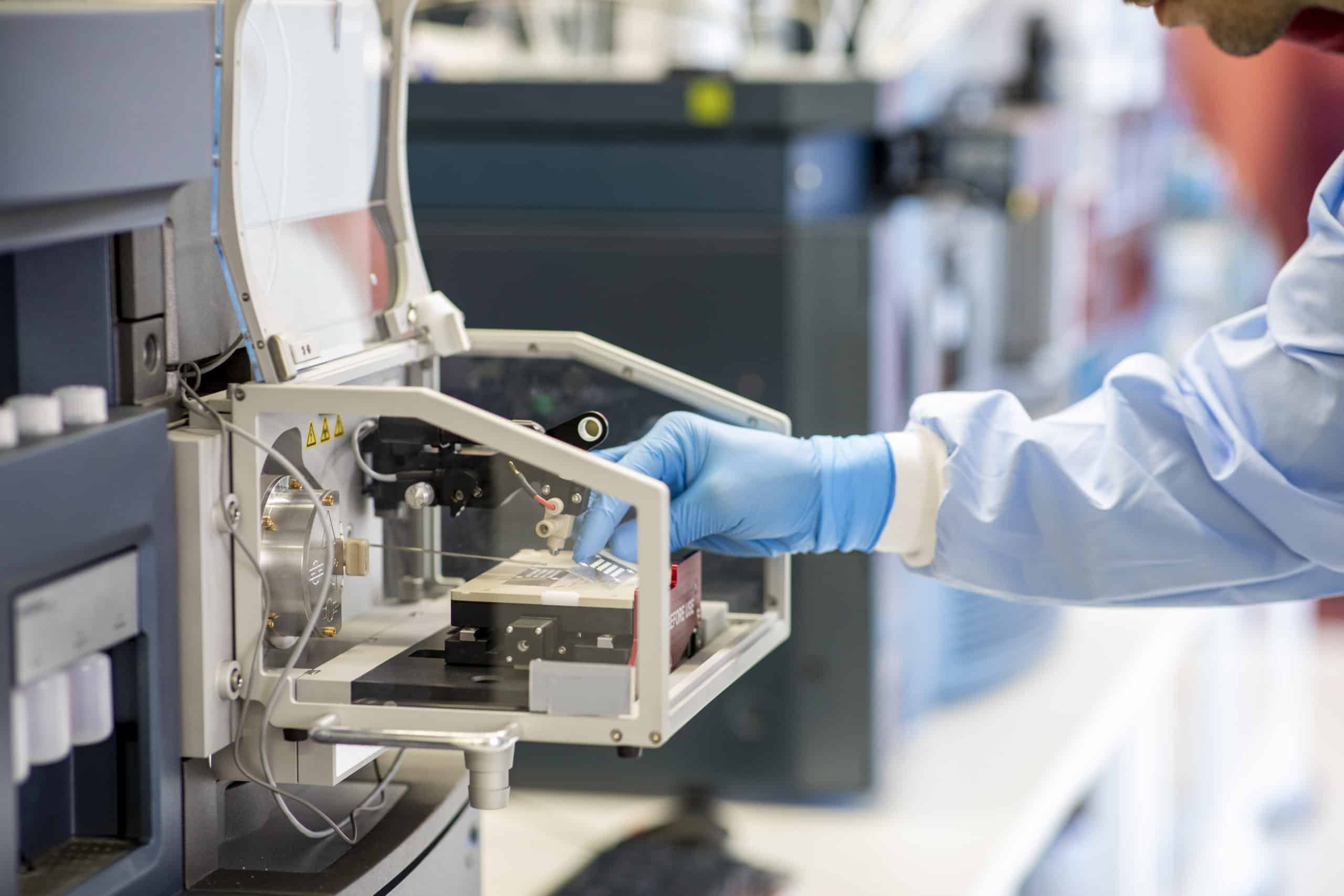TOPLINE
Researchers on Wednesday hailed a groundbreaking new test that can detect Parkinson’s disease, a major breakthrough in the quest to accurately diagnose the progressive and incurable condition and a “game-changer” that clears the way for new treatments, preventatives and even cures.
Researchers have praised a breakthrough in diagnosing Parkinson’s disease.GETTY
KEY FACTS
The new test can accurately identify Parkinson’s disease using samples of the cerebrospinal fluid surrounding the brain and spinal cord, according to a study of more than 1,100 people published in Lancet Neurology.
It marks the first time scientists and clinicians can monitor, detect and define Parkinson’s disease using objective, biological terms—as opposed to clinical assessments and patient reports—since the condition was first characterized more than 200 years ago.
The technique, known as the alpha-synuclein seed amplification assay, analyzes the build-up of abnormal proteins linked to Parkinson’s, which evidence suggests happens in the disease’s early stages and before the loss of certain nerve cells that is the only other biological change signaling Parkinson’s.
The molecular test managed to successfully identify nearly 90% of people diagnosed with the disease, the researchers said, even before diagnosis or the onset of symptoms like smell loss or problems with movement.
Writing in a linked commentary, neurologists Daniela Berg and Christine Klein, who were not involved in the study and are based at Germany’s University Hospital Schleswig-Holstein, said the test finally “lays the foundation for a biological diagnosis of Parkinson’s disease” and lauded its ability to detect the condition before any other clinical or physical changes are detectable.
Dr. Kenneth Marek, who co-led the research and is a scientist at the Michael J. Fox Foundation’s Parkinson’s Progression Markers Initiative and the Institute for Neurodegenerative Disorders, said the test’s validation ”launches a new, biological era in Parkinson’s research” that will “transform” clinical care and the search for treatments, preventions and cures.
KEY BACKGROUND
Parkinson’s disease is a degenerative neurological disorder with no cure. It largely affects people over 50 years of age and, after Alzheimer’s, is the second-most common neurodegenerative disorder in the U.S. Treatments, which include brain implants and drugs, aim at addressing symptoms rather than slowing down or reversing the disease’s erosion of cognitive faculties, which vary between people but can include trouble walking, movement issues, tremors, memory loss, loss of smell and depression. In the U.S. alone, the cost of treating Parkinson’s is estimated to be $14 billion annually, and as the population ages—the number of people diagnosed with Parkinson’s is projected to double by 2040—these costs are expected to climb.
CRUCIAL QUOTE
Actor Michael J. Fox, who was diagnosed with Parkinson’s decades ago and advocates research into the condition, said he is “deeply moved” by the breakthrough and grateful to all involved. Fox is the namesake to the country’s largest foundation supporting Parkinson’s research, including this work, and said “we weren’t casting about for fish — we were going after a whale” when the group set its sights on biological markers of the disease. “Now, here we are,” Fox said, adding: “together we are making a cure for Parkinson’s inevitable.”
BIG NUMBER
500,000. That’s how many Americans are diagnosed with Parkinson’s disease, according to the National Institute of Neurological Disorders and Stroke. This figure likely underestimates the true prevalence of the condition, the institute said, as many people are likely to go undiagnosed or are misdiagnosed. Some experts believe as many as 1 million Americans have Parkinson’s, the group said.
WHAT TO WATCH FOR
While a biological marker of Parkinson’s is a major breakthrough, the process of sampling cerebrospinal fluid is invasive and more onerous than many other standard medical tests. In order to harness the full potential of using the abnormal proteins to signal Parkinson’s, Berg and Kline said a “less invasive approach,” notably blood tests, will be needed to scale the approach. Nevertheless, they said the discovery “is a game-changer in Parkinson’s disease diagnostics, research, and treatment trials.”
FURTHER READING
‘It’s hugely complex’: the scientists working to defeat Parkinson’s (Guardian)
By Robert Hart, Forbes Staff
